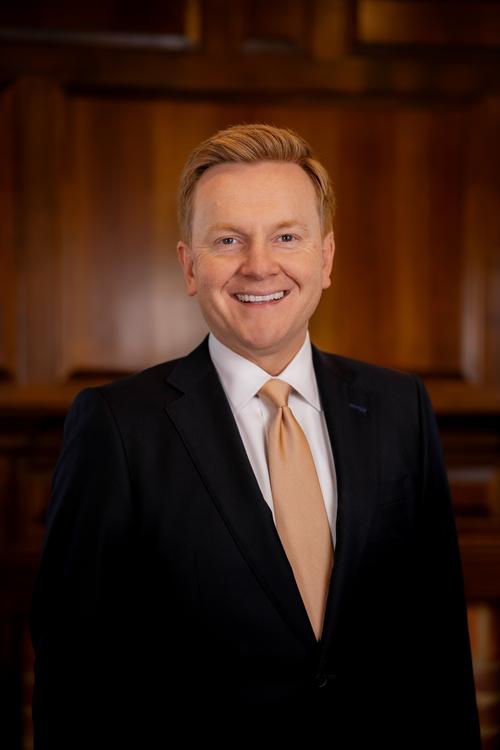Thoughts on the Closure of Sweet Briar College & The Need, at Times, for Transformative Leadership
When there is a need.
And that need remains.
And the thing meeting that need fails.
That thing failed because of poor leadership—and poor pickers of leadership.
It is the burden and responsibility of leadership, therefore, to sustain the thing through eras of disruption.
Therefore the pickers of leadership, whether a board or voter, must recognize the season they are in and carefully select the leader needed for the times.
Though Sweet Briar College ended up being reopened, there was a clear crisis of leadership which led to the recent almost-closure of the institution.
At Sweet Briar there were two failures: (1) leadership that did not aggressively transform the thing that met the need and (2) pickers of leadership that did not recognize the times required transformative leadership.
In 2012, Sweet Briar spent $47M on office expenses, only down approximately $3M from 2008.
The orchestra played sweetly as the Titanic slipped ever deeper into the waters, until suddenly, all was silent.
Compare Sweet Briar to Hillsdale College
On June 12, 2015, the Wall Street Journal compared Sweet Briar with Hillsdale College. The WSJ responded to Sweet Briar President’s comment that the college was “30 minutes from a Starbucks” as an unacceptable partial excuse for its closure, as Hillsdale—which grew as Sweet Briar contracted—was 40 minutes from a Starbucks.
Hillsdale also grew while refusing to accept federal loan dollars for its students.
Hillsdale projected its uniqueness to its three million monthly e-magazine subscribers, with a unique voice and a member-like feel of on-campus and on-line events. These subscribers were therefore groomed to be the school’s champions of its classical education model. These champions and its leadership grew the school from 1100 to 1500 students over the past 5 years, while Sweet Briar dwindled down to 800.
A Quick Peak at High Point University
High Point University has grown 197% (yes, One Hundred and Ninety Seven Percent) since 2005, to 4300 current students. Its faculty ranks have also grown by 152% during this same period.
In 2005, High Point had 22 buildings on campus now in 2015 it has 179.
What happened?
It hired the right transformative leader who implemented radical change, while improving the student and faculty experience [Read: Change does not mean faculty having to necessarily do more with less—that’s a failure of creativity.]
Leading High Point, foreign-born Dr. Nido Qubein, became President in 2005. Note that this is the same year where clearly change began to occur within High Point. He began with a blitzkrieg fundraising effort of $20M in 29 days—meeting the goal, and immediately creating a before and after effect on his tenure, where the expectation became success, not the attempt but real, measurable success.
In an era of disruption, entrepreneurial leaders can steer even sleepy, Southern liberal arts educational institutions through rocky shoals.
In a biopic on President Qubein, one student noted, “Our students want to do great things, because we are surrounded by great things.”
To borrow from the title of a book that influenced me on this topic, leaders take the thing from Good to Great.
PS: All great collegiate leadership is not growth-focused. Sometimes the greater challenge can be to sustain and maintain an already great thing. Take William & Mary, President Reveley is doing a marvelous job of sustaining that campus, and improving it.


